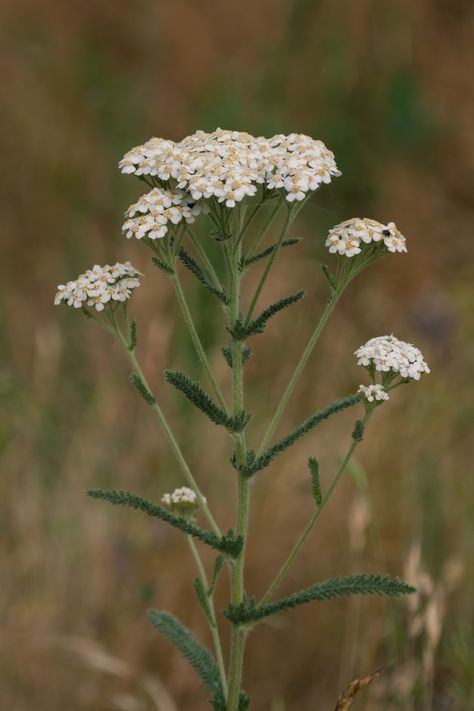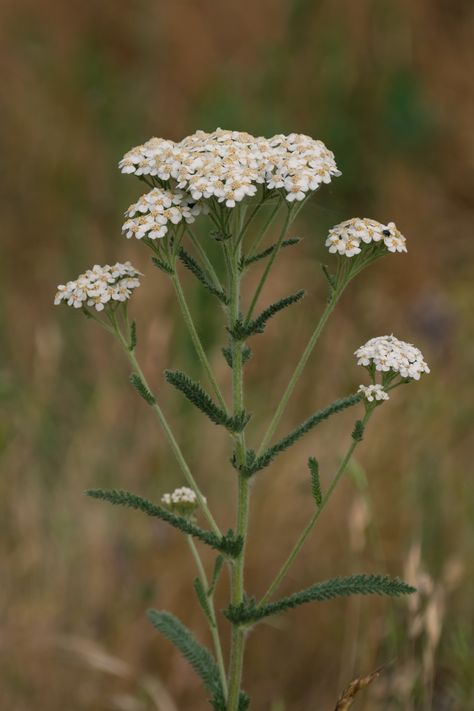
Yarrow, known scientifically as Achillea millefolium, is more than just a pretty face in your garden. With its delicate, feathery leaves and clusters of tiny, vibrant flowers, this plant is not only a visual delight but also a powerhouse of medicinal benefits. Blooming from early summer until fall, yarrow is both a first aid remedy and a staple in herbal medicine cabinets for its extensive healing properties.
Key Benefits of Yarrow
1. Natural Wound Healer:
-
Yarrow has been used historically as a first aid herb. Its leaves and flowers contain compounds that can help stop bleeding. Additionally, its antiseptic properties help prevent infections in cuts and scrapes.
2. Anti-Inflammatory and Pain Reliever:
-
The plant’s anti-inflammatory properties make it an excellent choice for soothing inflamed skin and relieving pain. Yarrow can be used in a poultice or salve to reduce swelling and ease discomfort in conditions like eczema or arthritis.
3. Digestive Aid:
-
Yarrow is known to stimulate the digestive system, helping to ease indigestion, bloating, and cramping. Drinking tea made from yarrow leaves and flowers can promote a healthy digestive tract.
4. Supports Circulatory System:
-
Yarrow is often recommended by herbalists to improve circulation and regulate blood pressure. Its ability to dilate blood vessels makes it a supportive herb for cardiovascular health.
5. Helps with Fever and Illness:
-
Yarrow has diaphoretic properties, meaning it can help reduce fever by promoting sweating. It is often used in remedies for colds and flu to help the body rid itself of toxins through increased perspiration.
How to Use Yarrow
Making Yarrow Tea:
-
Ingredients:
-
1-2 teaspoons of dried yarrow flowers and leaves
-
1 cup of boiling water
-
-
Instructions:
-
Place the dried yarrow in a teacup.
-
Pour boiling water over the herbs and cover the cup.
-
Steep for 10-15 minutes, then strain.
-
Drink the tea warm to help relieve cold symptoms, aid digestion, or reduce fever.
-
Creating a Yarrow Poultice for Wounds:
-
Ingredients:
-
Fresh yarrow leaves and flowers
-
A small amount of water
-
-
Instructions:
-
Crush the fresh yarrow leaves and flowers using a mortar and pestle with a little water to make a paste.
-
Apply this paste directly to the affected area for natural wound healing.
-
Cultivating Yarrow
Yarrow is a hardy perennial that thrives in full sun and well-drained soil. It is drought-resistant, making it an excellent choice for low-water gardens. The plant spreads readily and can be propagated by dividing the root ball in spring or fall.
Conclusion
Yarrow is not only a beautiful addition to your garden with its long-lasting blooms but also a versatile medicinal plant. Whether used for minor first aid treatment or as part of an ongoing wellness regimen, yarrow offers a host of benefits that harness the healing power of nature. So, consider adding yarrow to your garden or medicine cabinet for a natural health boost that lasts all summer long!




